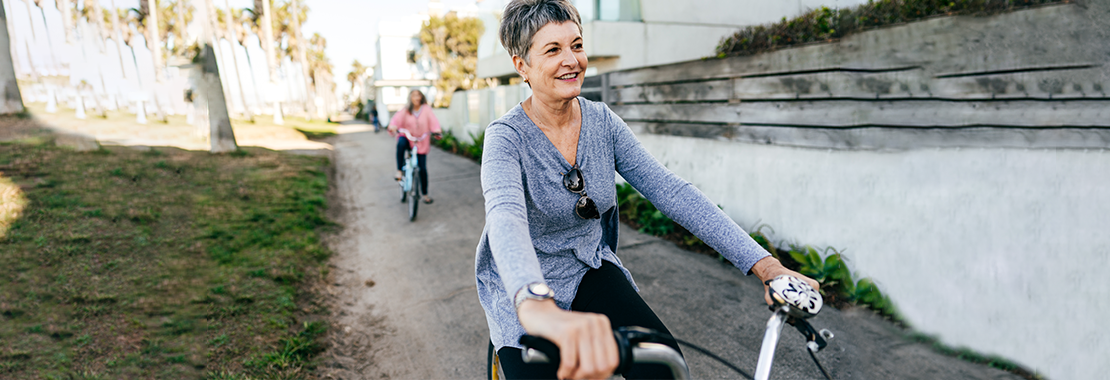Developing career ready students is an important part of your curriculum. You want to prepare them for success beyond your course—while keeping them engaged and focused in the classroom. Enter experiential learning.
Cornel Plebani, professor of Criminal Justice at Eastern Maine Community College, uses experiential learning in his courses to help students develop skills and knowledge from direct experiences outside traditional academic settings. Benefits of experiential learning can include civic engagement, cultural awareness and other professional and intellectual skills.
For Cornel, this approach fosters career development; it gives his students skills-based training and the opportunity to make community connections that could jumpstart their careers and prepare them for life post-graduation.
Check out Cornel’s tips for using experiential learning to develop career ready students in your own course:
1. Build rapport with your students.
More connections lead to more opportunities. Engage with your students to enable meaningful learning in the present and build a roster of returning experts that can help guide future classes and give real-world testimonials.
Cornel invites former students, now in the Criminal Justice field, to speak to current students about their experiences as police officers, social workers or other related professions.
2. Extend your reach with digital tools.
Technology can be a powerful asset. Find the right digital tool for you and use it to push the envelope of how your course is defined.
Digital can be especially helpful for adding real-world context to class concepts, like sharing relevant YouTube videos and encouraging student discussion. It offers students an idea of how they’d apply their learned skills in a job setting.
3. Think beyond the classroom to facilitate learning.
Find ways to spark curiosity and creativity in students. When planning your curriculum, remember there’s no one-size-fits-all approach to learning—or teaching. This could include venturing beyond the walls of the classroom.
One example: In a previous Behavioral Analysis course, Cornel took students to a local art museum. Initially, students thought the trip was irrelevant. However, Cornel used the opportunity to demonstrate Behavioral Analysis skills and concepts—like subjectivity and critical thinking—in the real world. This gave students who might have been struggling with comprehension while in a classroom setting an opportunity to learn in a way that better suited them.
By facilitating more types of learners, it’s more likely those students will be engaged, communicative and receptive to feedback—just a few of the soft skills employers look for.
These tips serve as a launch pad for bringing experiential learning into your course. Students won’t just be engaged during class, they’ll begin to build skills employers seek in job candidates.
Download our 2021 Graduate Employability Report to learn more about how recent graduates feel about how well their education prepared them for careers.

